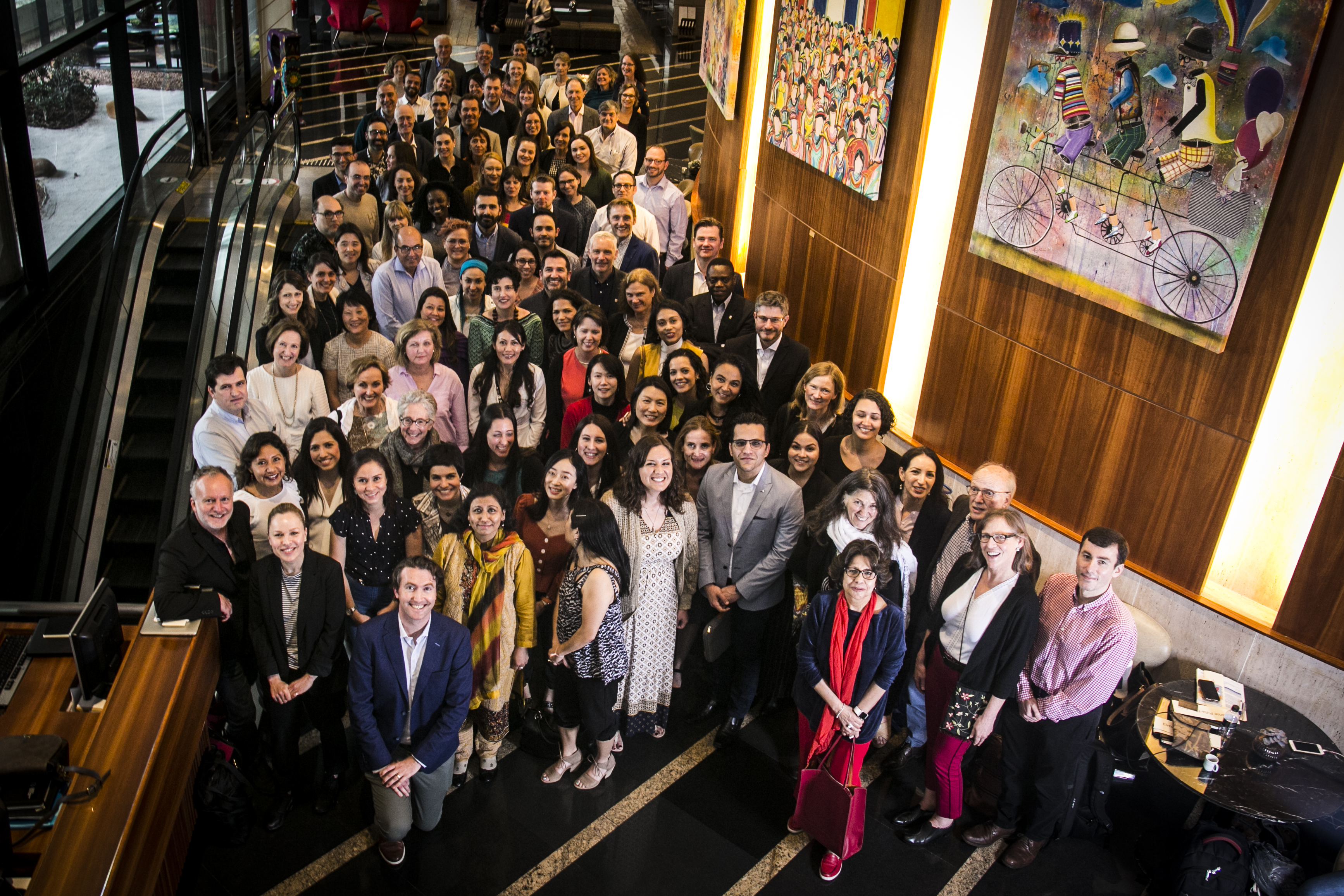Chronic pain - a maladaptive compensation to unbalanced hierarchical predictive processing
Neuroimage. 2024 Jun 26:120711. doi: 10.1016/j.neuroimage.2024.120711. Online ahead of print.
ABSTRACT
The ability to perceive pain presents an interesting evolutionary advantage to adapt to an ever-changing environment. However, in the case of chronic pain (CP), pain perception hinders the capacity of the system to adapt to changing sensory environments. Similar to other chronic perceptual disorders, CP is also proposed to be a maladaptive compensation to aberrant sensory predictive processing. The local-global oddball paradigm relies on learning hierarchical rules and processing environmental irregularities at a local and global level. Prediction errors (PE) between actual and predicted input typically trigger an update of the forward model to limit the probability of encountering future PEs. It has been hypothesised that CP hinders forward model updating, reflected in increased local deviance and decreased global deviance. In the present study, we used the local-global paradigm to examine how CP influences hierarchical learning relative to healthy controls. As hypothesised, we observed that deviance in the stimulus characteristics evoked heightened local deviance and decreased global deviance of the stimulus-driven PE. This is also accompanied by respective changes in theta phase locking that is correlated with the subjective pain perception. Changes in the global deviant in the stimulus-driven-PE could also be explained by dampened attention-related responses. Changing the context of the auditory stimulus did not however show a difference in the context-driven PE. These findings suggest that CP is accompanied by maladaptive forward model updating where the constant presence of pain perception disrupts local deviance in non-nociceptive domains. Furthermore, we hypothesise that the auditory-processing based biomarker identified here could be a marker of domain-general dysfunction that could be confirmed by future research.
PMID:38942099 | DOI:10.1016/j.neuroimage.2024.120711





